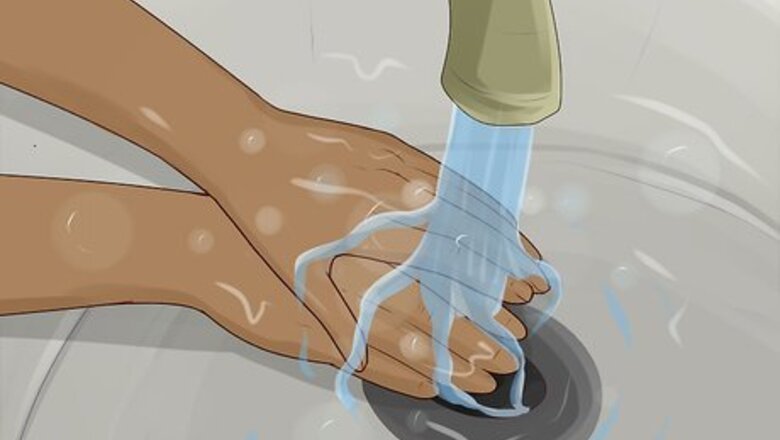
views
Cleaning an Infected Piercing at Home
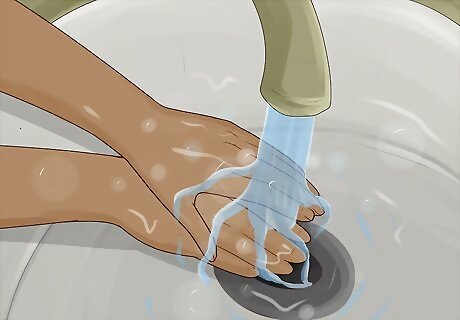
Wash your hands before touching the piercing. Always wash your hands well before touching a piercing, especially if it’s new or infected. Use an antimicrobial soap and warm water. Avoid fiddling with your earrings and only touch them when you have to clean them.
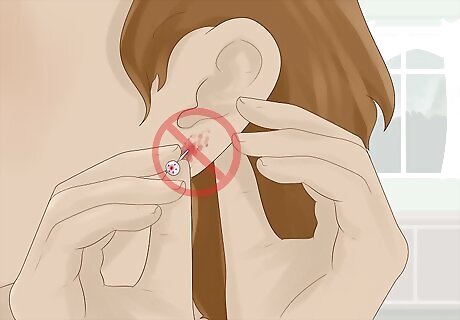
Do not remove a new ear piercing. If your piercing is new, keep it in place for at least six weeks, even if it becomes infected. While you should rotate a new lobe piercing, stop rotating it if it becomes infected for one to two weeks. Keep the earring in place, even if the piercing is fully healed. Taking the jewelry out can sometimes trap the bacteria in the piercing, causing an abscess. If your jewelry is bothering you, speak to your piercer or a doctor about switching it out.
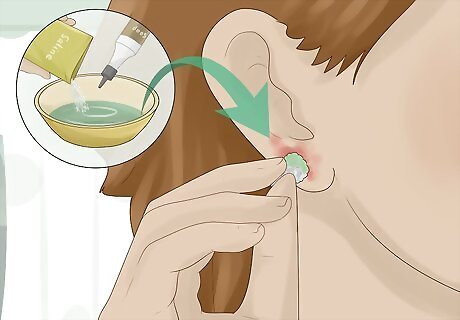
Clean the piercing with a cotton ball dipped in saline twice a day. Soak a cotton ball in saline solution or a mild antimicrobial soap. Press the soaked ball against the front and back of the infected area. Dry the piercing with disposable paper towels. Use the saline solution your piercing provided at the shop, or purchase a wound wash for piercings. If you don’t have access to sterile saline, use a solution of ⅛ to ¼ tsp (.75 to 1.42 g) iodine-free sea salt dissolved into 8 fluid ounces (240 ml) of warm distilled or bottled water. If you use a soap, choose a fragrance-free brand that doesn’t contain alcohol. Don’t use antibacterial soap. Clean infected ear piercings twice a day, but don’t turn them.
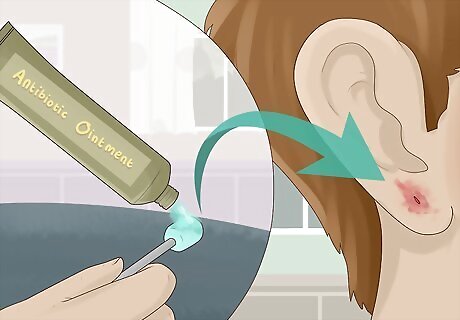
Apply an antibiotic ointment. After cleaning and drying the piercing, apply an antibacterial ointment to encourage healing. Dab a small amount of the ointment onto a cotton swab and paint a thin coating over the infected area. If the infection is weeping or emitting a discharge, avoid using ointment.
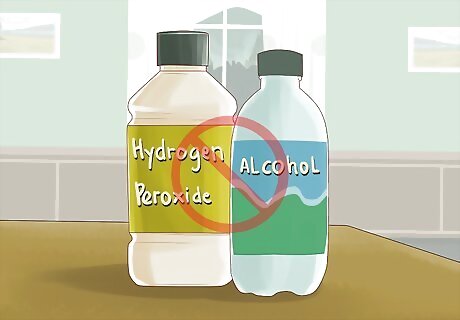
Avoid rubbing alcohol and hydrogen peroxide. Rubbing alcohol and hydrogen peroxide dry out the infected area and kill white blood cells that are needed for healing, which can make the infection even worse. Don’t apply alcohol or hydrogen peroxide to the infection, and make sure any cleaning products you use are alcohol-free.
Seeing a Medical Professional
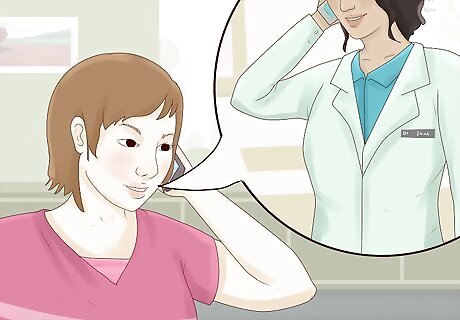
Contact your doctor if the infection doesn’t improve after two days. Start by cleaning the infection twice a day at home. If the infection worsens or shows no signs of improvement after two days, schedule an appointment with your doctor or visit a healthcare clinic.

See a doctor if the infection spreads or if you develop a fever. Monitor the infection closely during the first day. See a doctor if the infection starts spreading beyond the piercing site or if you develop a fever. These could indicate a more serious infection that will require antibiotic treatment.
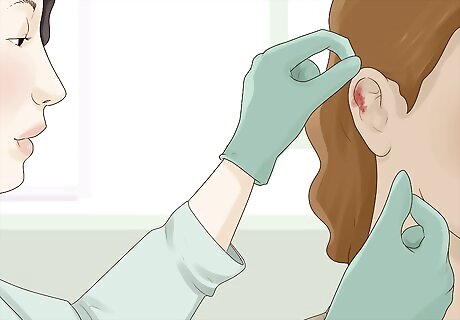
Have a doctor examine an infected cartilage piercing. Cartilage is a rigid tissue with low blood supply, so infected cartilage piercings are more likely to escalate. If you have a cartilage piercing (ear piercing not on the lobe) speak to a doctor about treatment to prevent long-term damage.
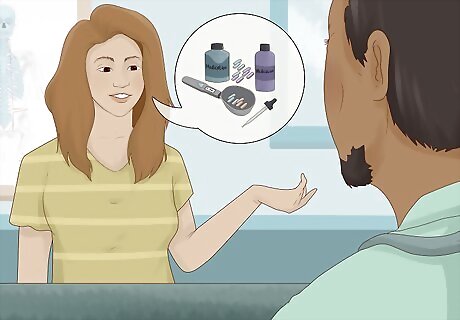
Talk to the doctor about getting antibiotics. Visit your doctor to have a culture taken of the infection site. This helps identify the type of bacteria that caused the infection. Ask the doctor, “Do you recommend any antibiotics for this infection? What type of antibiotic is most effective for this type of bacterial infection?” Do not wash or clean the piercing for at least 24 hours before seeing a doctor. The doctor needs a swab of the infected ear to diagnose it, and cleaning products can interfere with this test.
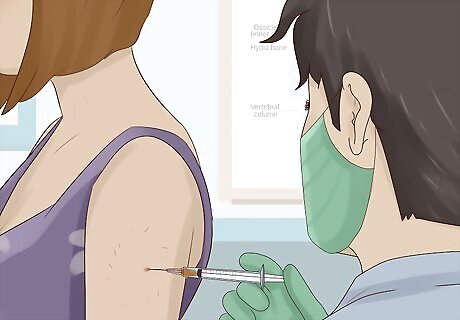
Ask for an allergy test. Redness, swelling, itchiness, and other signs of infection can also be due to an allergy. If cultures come back negative, talk to your doctor about getting an allergy test. If you’ve never had a piercing before, you might find that you have a metal allergy. You can avoid allergic reactions to piercings by getting nickel-free jewelry, as nickel is the most common metallic allergen. Your doctor may refer you to an allergist for more specialized testing to identify what the allergy might be.
Preventing Reinfection
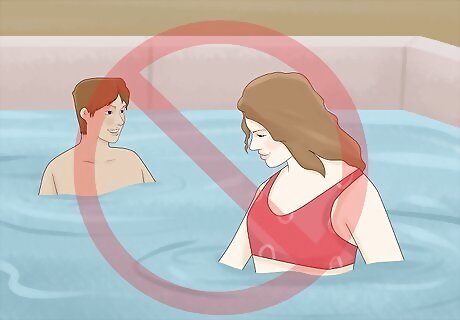
Avoid swimming after getting a new piercing. Always avoid swimming for at least two weeks after getting a new piercing. Stay away from pools, lakes, and ocean water during that time, and clean the piercing with saline solution after taking a shower. Avoid swimming while treating an infected permanent piercing, as well.
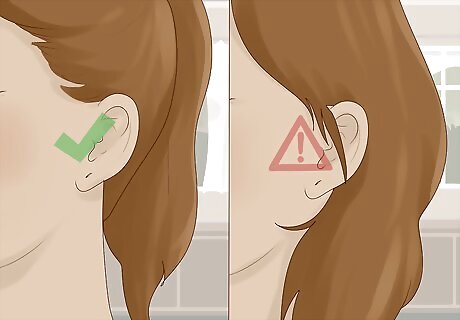
Keep hair and beauty products away from the ear piercing. If you have long hair, tie it back to keep it away from a new or infected piercing. Wash your hair more often than you ordinarily would, and be careful not to snag the piercing while brushing or styling. Take care not to get hairspray or gel in the piercing.
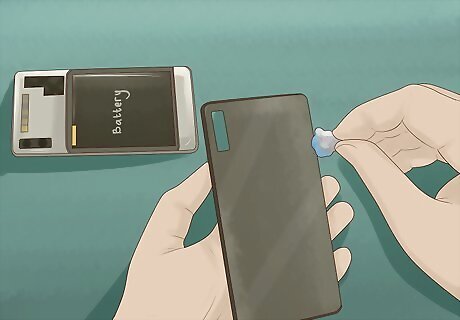
Disinfect your cell phone daily. Remove your phone’s case and clean both the case and the phone using a disinfecting wipe or a lint-free cloth dipped in soapy water. Cell phones are covered in bacteria that can cause infections, so clean your phone regularly. Sanitize any other phones you use. You can also put your phone on speaker when people call. This minimizes how much you touch your ear.
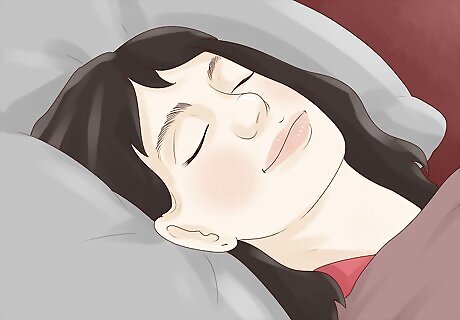
Sleep without earrings after the piercings become permanent. If your piercing is new, keep your first post in for six weeks and wear an earring at all times for six months. After six months, take your earrings out at night to expose the channels to air and prevent infection.
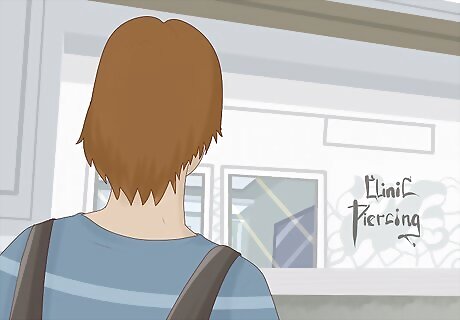
Visit reputable clinics for new piercings. Read reviews on piercing clinics and parlors before visiting. Make sure that the parlor is licensed. When you go to get a new ear piercing, watch to see that the staff wears latex gloves and ask if they have the proper machinery for sterilizing their equipment. It is not a good idea to get pierced at night markets or abroad while on vacation. Don’t pierce your ears at home, as you need proper sterilization equipment.



















Comments
0 comment